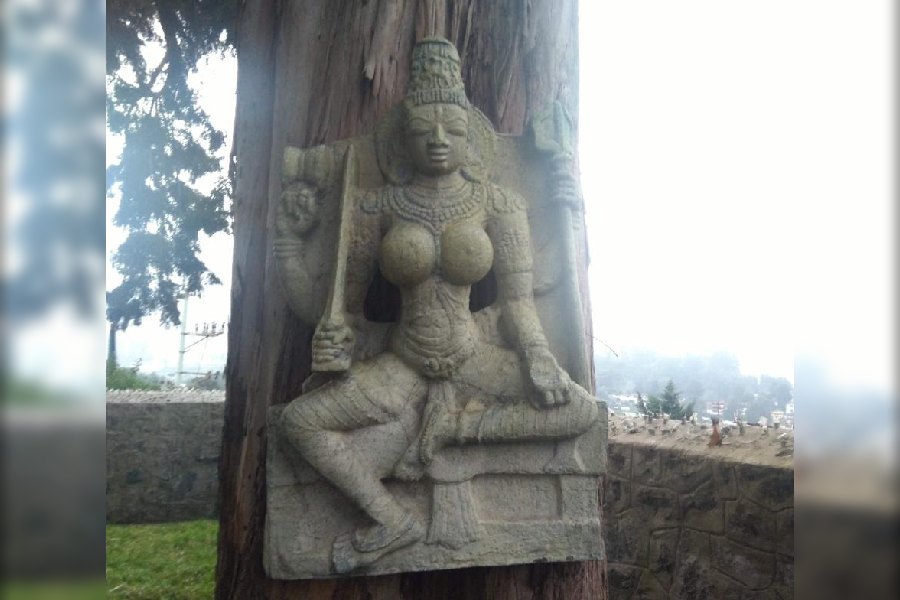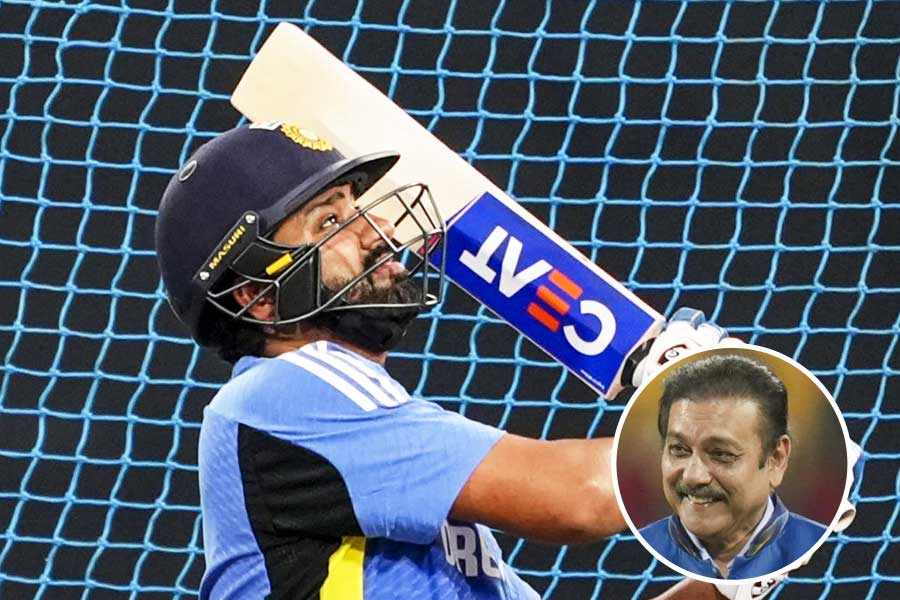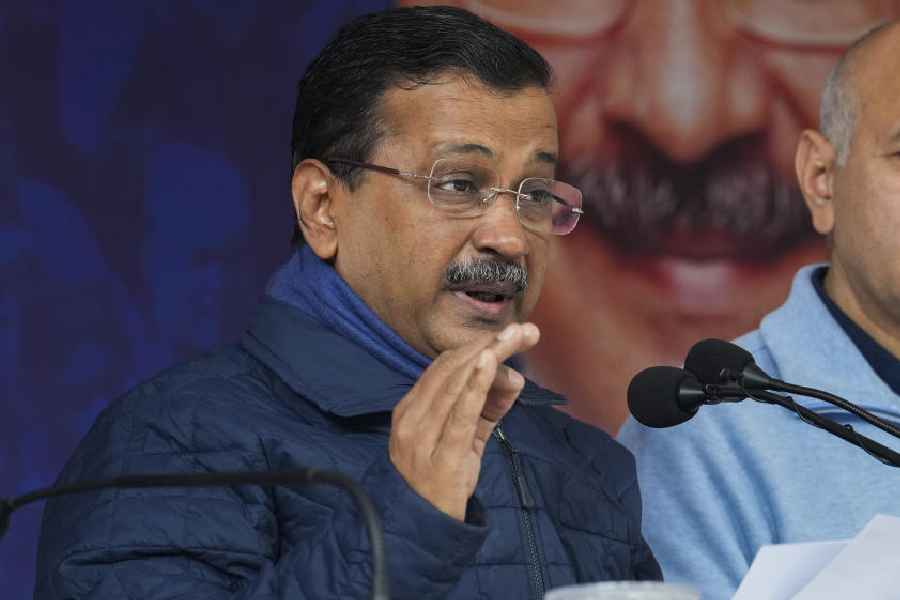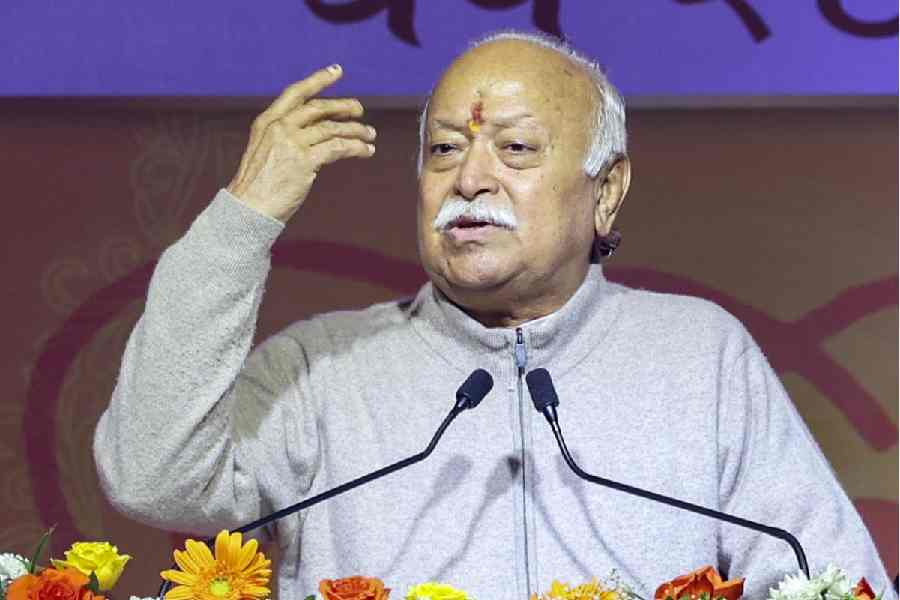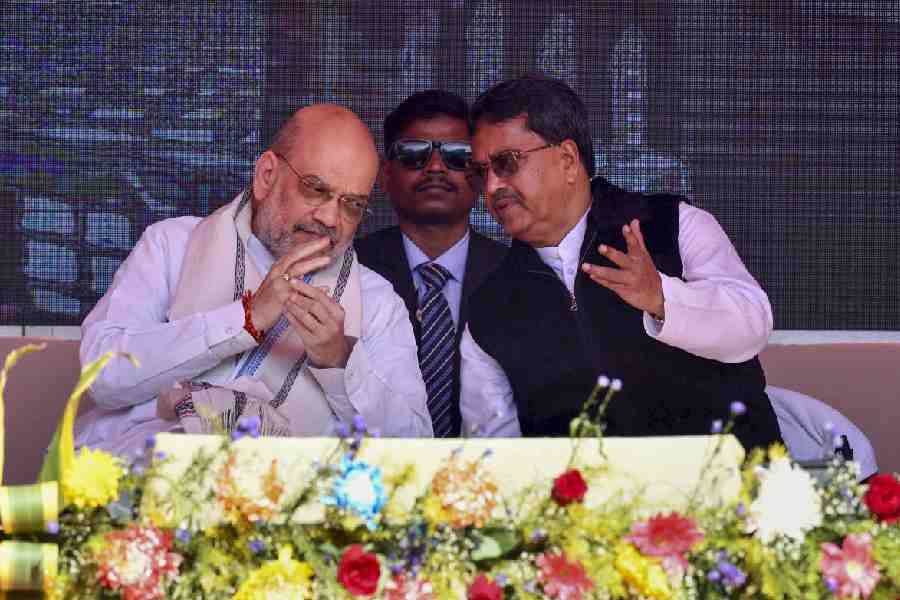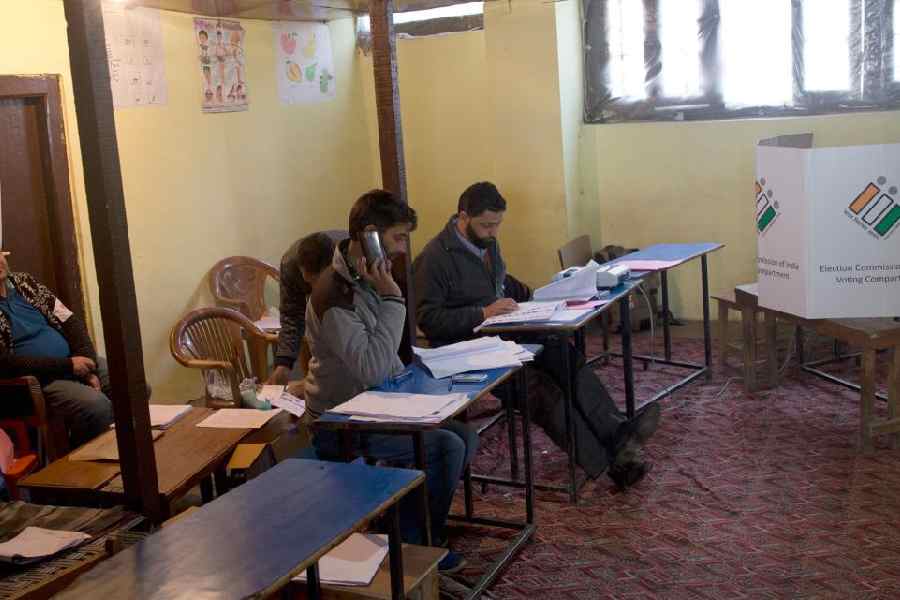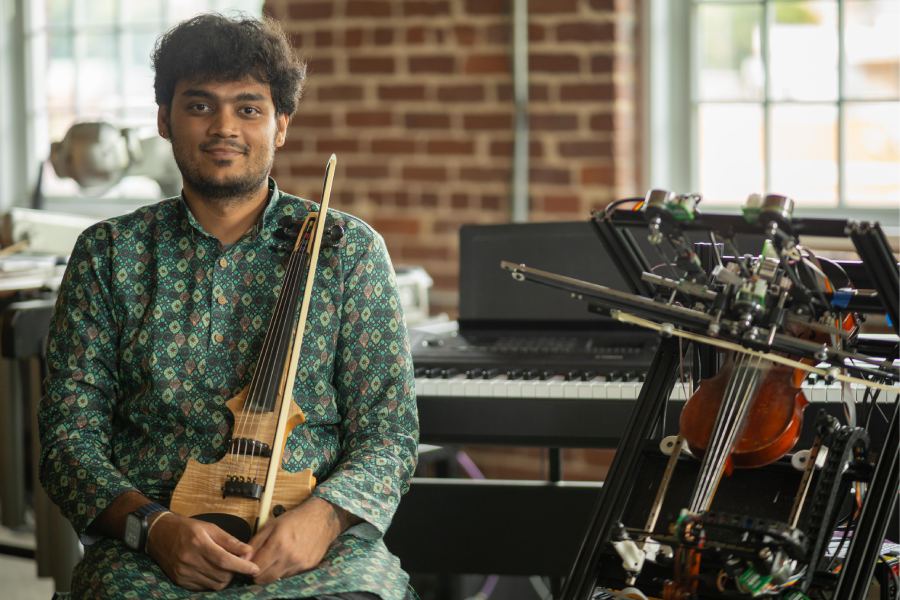Book: ANOTHER INDIA: EVENTS, MEMORIES, PEOPLE
Author: Chandan Gowda
Published by: Simon & Schuster
Price: Rs 699
A book should not be judged by its cover. But the cover of Another India — its verdant dust jacket to be more precise — is so beautiful that it cajoles the reader to flip through the pages, flitting, in mind and in spirit, from one anecdote to another like a butterfly flying from flower to flower in a flourishing but slightly unkempt garden. Because that is what Another India is: a collection of thoughts, of ideas pickled in the juices of personal stories and recollections, of relatively unheralded ‘luminaries’.
Within the overflowing category of books about alternative visions of India resurrected from obscurity, Chandan Gowda manages to carve out a niche. There are no long, winding chapters of discovery; these are short essays representing the diversity of a nation within the microcosm of Karnataka, with threads of its language, its film industry, its epic literature, its cuisine and its gods — yes, the innumerable gods, greater in number than the fabled 33 crore in Hinduism, are particularly important — connected into a cohesive portrait. Consider the stories about rural deities related to Gowda by the folklorist, Siddalingaiah. Every village has separate guardian deities and the relationships between the devotees and the worshipped are “more intimate and humane among the lower castes and villagers.” Worshippers can even scold or criticise their gods — one particularly dissatisfied devotee even rubs chilli powder on the god’s idol to painful effect. Neither are the deities free from the pinch of rising inflation — they demand more remuneration in return for their blessings. Or, take the stories about the origins and ritual practices of the Vokkaligas and the Lingayats — they won’t help the reader comprehend their hold on Karnataka’s electoral politics though — and the folk tales featuring wondrous mythological figures performing miraculous feats.
Added to all this is a healthy sprinkling of socio-political events: like the repositioning of Jawaharlal Nehru’s dharma against his “scientific vision and rationality”, the juxtaposition of Ram Manohar Lohia’s personal and political ideals with caste, the rural reform of Rabindranath Tagore’s Sriniketan experiment, and the powerful intellectualism of the scholar, M.M. Kalburgi, later murdered by right-wing goons.
In attempting to construct a picture of a nation out of multitudinous fragments, Gowda perhaps suggests that India’s problems cannot be solved overnight but can perhaps be understood better.

